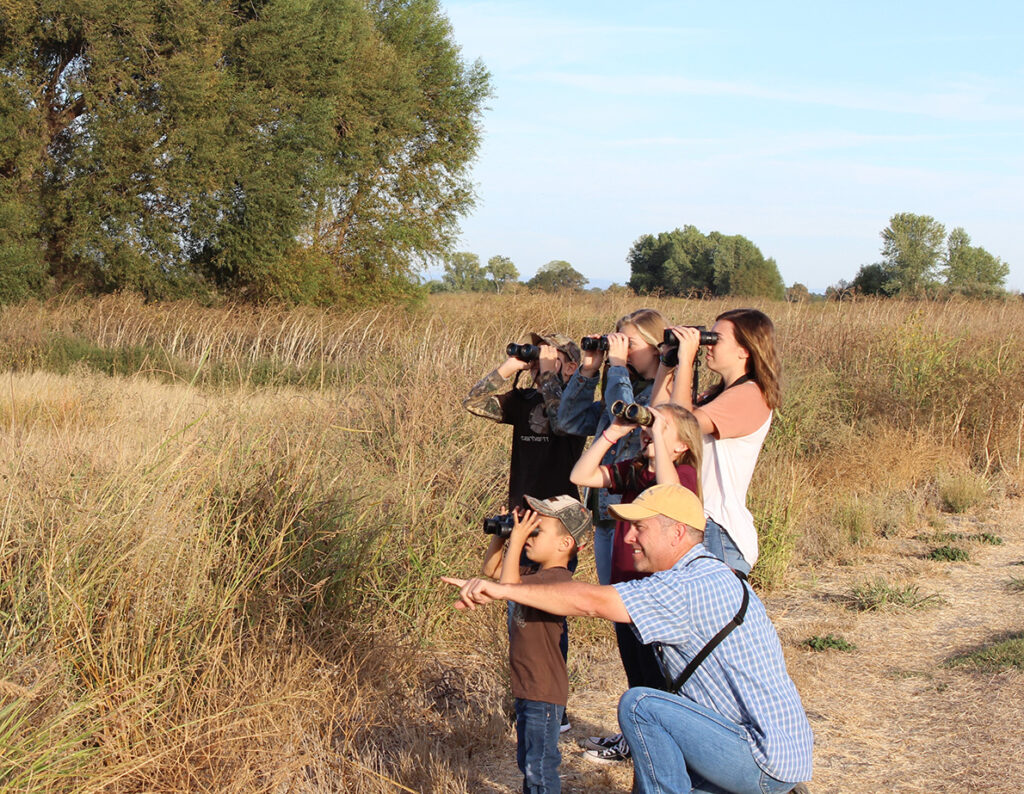What is a Migratory Bird Joint Venture?
A Migratory Bird Joint Venture (JV) is a regional, independent partnership of agencies, organizations, corporations, tribes, or individuals that work collaboratively to conserve habitat for the benefit of birds, other wildlife, and people. Since the North American Waterfowl Management Plan (NAWMP) called for establishment of JVs in 1986, they have grown from the original six to now 23 habitat-based JVs covering all of the U.S. and Canada, and into Northern Mexico. In addition, there are three species-base JVs.

Matt Hamman
Our Origin
Migratory Bird Joint Ventures (MBJVs) were originally established to implement the North American Waterfowl Management Plan. Since 1986, MBJVs have exemplified an unparalleled record of success, reversing the waterfowl population decline continent-wide. Their national model of collaborative partnerships, habitat delivery, and other bird conservation activities is built upon a foundation of science. The CVJV was established as one of the first of these joint ventures in 1988, and today there are 22 Bird Habitat Joint Ventures and three Species Joint Ventures.
What does a Joint Venture do?
Working both collectively and independently, joint venture partners conduct activities in support of bird conservation goals cooperatively developed by the partnership.
Local, Regional, National
Joint Ventures cultivate and support partnerships that protect and restore habitat for the benefit of birds, other wildlife, and people.
Keep Comon Species Comon
Work with partners to keep common species common and address the needs of species of conservation concern due to small distributions, high threats, or declining populations.
Connecting People and Nature
Only by working with people are Joint Ventures able to reach our bird and habitat conservation goals and objectives.
Biological Planning
Sets regional bird population and habitat objectives based on national and international conservation plans and initiatives.
Strategic Habitat Conservation (SHC)
Considers the biological and ecological aspects of birds and habitat, as well as the social science that is the foundation for the human dimensions of conservation.
Science to Implementation
Assures the best available science is in the hands of policy makers, agencies, and land managers for the development and implementation of policies, programs and projects to benefit migratory birds.
Communication
Use targeted communication, education, and outreach to develop tools and resources that foster improved collaboration on bird conservation within and beyond our geographic areas.
Grant Acquisition
Indentifies grant oportunities and assists partners in securing the funding.
Investing in Conservation
Strategically leverages investments in bird habitats on public and private lands to support healthy wild bird populations.
